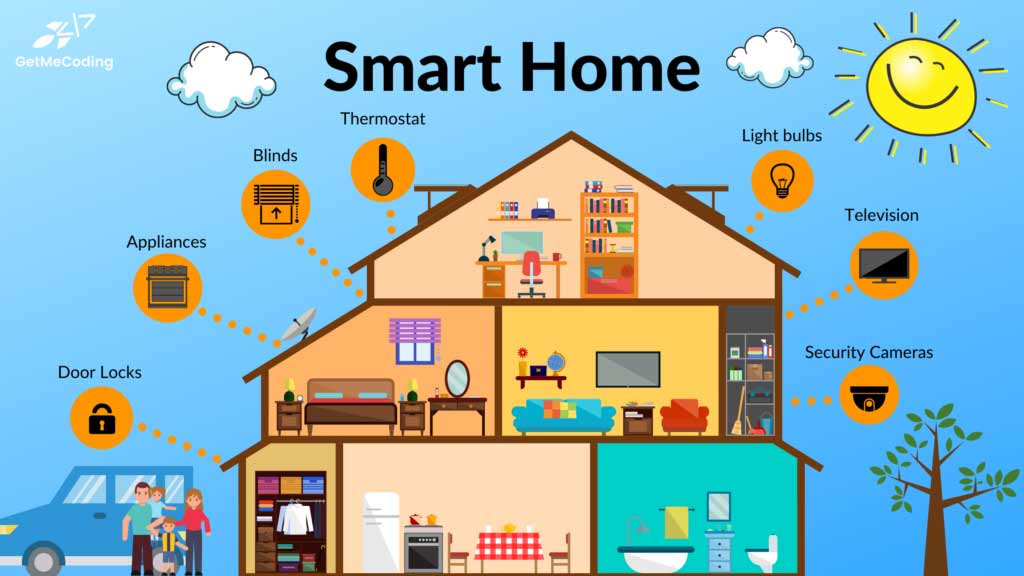Essential Smart Home Devices for Every Homeowner
Introduction: Why Smart Devices Are a Game-Changer
In 2025, smart home devices are no longer just futuristic gadgets—they’ve become essential tools that enhance comfort, security, and efficiency in everyday life. Imagine controlling your lights, locks, thermostat, and even your coffee maker—all from your smartphone or voice assistant. Smart devices transform your house into a responsive, intelligent home that adapts to your lifestyle. In this part, we’ll explore the essential smart devices every homeowner should consider to start their smart home journey with confidence and ease.
Smart Speakers and Voice Assistants: Your Home’s Brain
Smart speakers like Amazon Echo, Google Nest, and Apple HomePod serve as the central voice-controlled hub for your smart home. They enable hands-free control, answer questions, play music, and connect seamlessly to other smart devices.
-
Key Benefits:
-
Voice-activated commands for convenience
-
Centralized control of multiple smart devices
-
Access to news, weather, reminders, and more
-
-
Popular Models:
-
Amazon Echo (Alexa)
-
Google Nest Audio (Google Assistant)
-
Apple HomePod Mini (Siri)
-
These devices are the gateway to managing your smart ecosystem, allowing you to create routines like “Good Morning” that turn on lights, read the news, and start the coffee maker simultaneously.
Smart Lighting: Convenience, Ambiance, and Energy Savings
Smart lighting systems replace traditional bulbs with smart LED bulbs or smart switches. They offer remote control, customizable color and brightness, and energy-saving schedules.
-
Why Smart Lighting?
-
Save energy by scheduling lights to turn off when not needed
-
Create mood lighting for different times or occasions
-
Enhance security by simulating occupancy when away
-
-
Top Options:
-
Philips Hue
-
LIFX
-
TP-Link Kasa Smart Bulbs
-
Using apps or voice commands, you can dim lights for movie nights or have them brighten automatically when you enter a room.
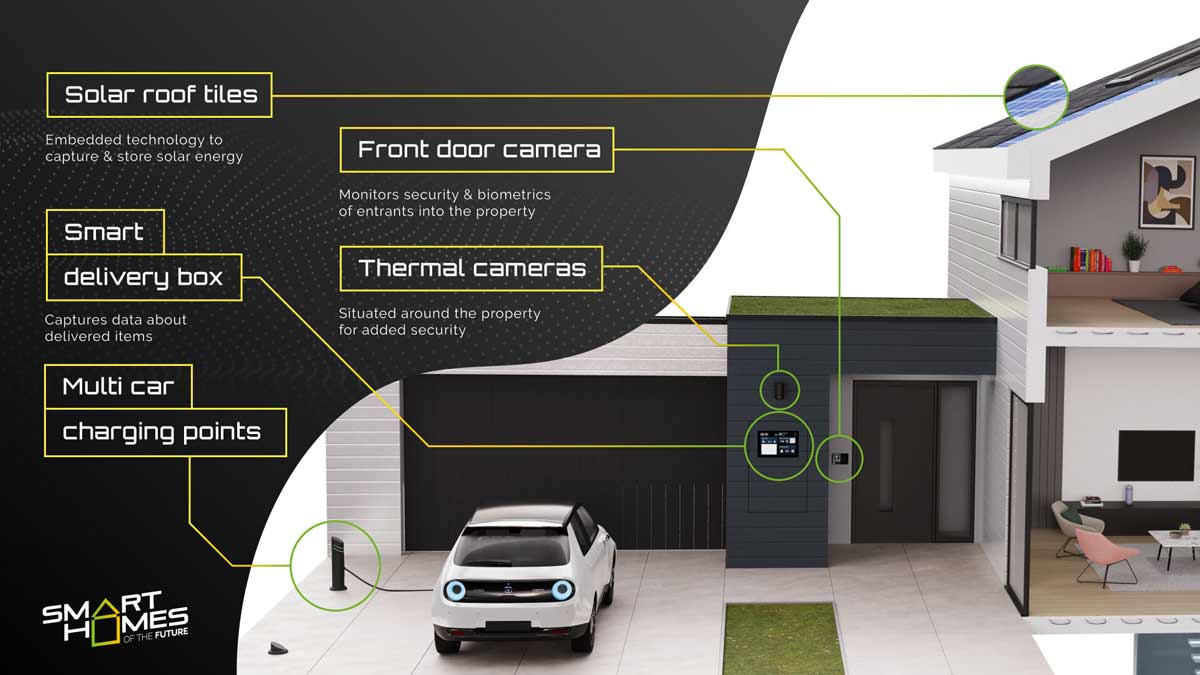
best appliances & gadgets for every home | new inventions, best items
Smart Thermostats: Control Climate and Cut Costs
Smart thermostats learn your daily routines and adjust the temperature to maximize comfort and reduce energy consumption. They often provide detailed energy usage reports and remote control features.
-
Benefits Include:
-
Automated temperature adjustments based on your schedule
-
Energy savings with optimized heating and cooling
-
Integration with weather forecasts for proactive changes
-
-
Leading Models:
-
Google Nest Thermostat
-
Ecobee SmartThermostat
-
Honeywell Home T9
-
Smart thermostats can save homeowners hundreds annually by efficiently managing HVAC systems and avoiding energy waste.
Smart Security Cameras and Video Doorbells: Eyes on Your Home
Keeping your home secure is a top priority. Smart cameras and video doorbells provide real-time monitoring, motion detection, and two-way communication.
-
Why Choose Smart Cameras?
-
Monitor your property remotely via mobile apps
-
Receive instant alerts on suspicious activity
-
Communicate with visitors or delivery personnel remotely
-
-
Popular Devices:
-
Ring Video Doorbell
-
Arlo Pro Cameras
-
Google Nest Cam
-
Many models offer cloud storage or local recording, with encryption to protect your privacy.
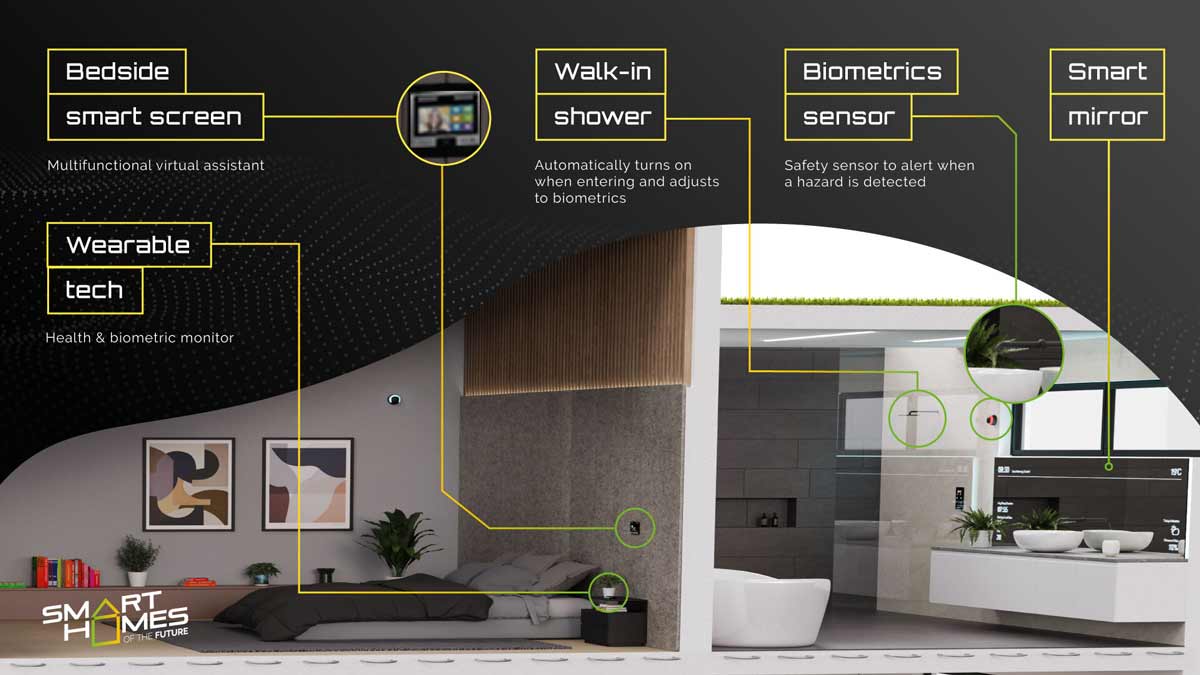
Cool Gadgets!😍Smart Appliances,New Gadgets, Kitchen Gadgets, Home Gadgets,Inventions
Smart Door Locks and Access Control: Safety and Keyless Entry
Smart locks replace traditional keys with codes, biometric scans, or smartphone access, offering enhanced security and convenience.
-
Key Features:
-
Lock/unlock doors remotely
-
Create temporary access codes for guests or service workers
-
Track who enters and leaves your home
-
-
Recommended Products:
-
August Smart Lock Pro
-
Schlage Encode
-
Yale Assure Lock SL
-
Smart locks also integrate with security systems and voice assistants, providing layered protection.
Smart Plugs and Switches: Make Any Device Smart
Smart plugs transform ordinary appliances into smart devices by enabling remote control and scheduling.
-
Use Cases:
-
Turn lamps, fans, or holiday lights on/off remotely
-
Set appliances to run on schedules
-
Monitor energy consumption of plugged-in devices
-
-
Top Choices:
-
TP-Link Kasa Smart Plug
-
Wemo Mini Smart Plug
-
Gosund Mini Smart Plug
-
Smart plugs are affordable and a simple way to add smart features without replacing existing devices.
Wearables and Health Devices: Integrating Wellness into Your Home
Wearables like smartwatches and health monitors sync with your smart home to provide holistic wellness insights.
-
Benefits:
-
Monitor heart rate, sleep patterns, and activity levels
-
Receive health alerts and reminders
-
Integrate with smart home systems to adjust environment based on your health data (e.g., air quality, lighting)
-
-
Popular Devices:
-
Apple Watch
-
Fitbit Charge
-
Garmin Vivosmart
-
These devices empower you to connect personal health data with your smart home for a healthier lifestyle.
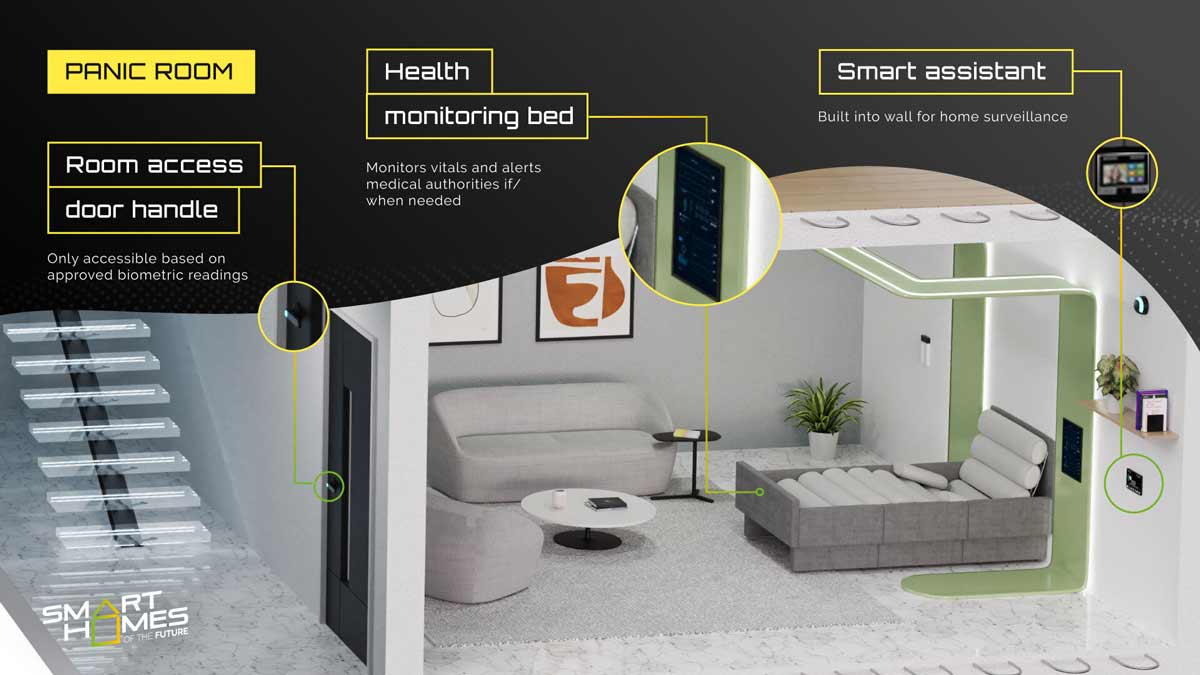
Perfect Home Assistant Control Panel, video intercom, smart switch all in one device #smarthome #iot
Introduction: Why Smart Devices Are a Game-Changer
Smart devices are transforming homes worldwide, creating connected environments that make life simpler, safer, and more efficient. In 2025, the rapid adoption of IoT (Internet of Things) technologies has made smart home ecosystems accessible and affordable for many homeowners.
According to a report by Statista, the global smart home market is projected to reach over $150 billion by 2026 — driven by demand for convenience, energy efficiency, and security. Smart devices empower homeowners to:
-
Automate routine tasks
-
Enhance home security
-
Save energy and reduce utility bills
-
Improve quality of life through personalized environments
The rest of this part explores the essential smart home devices that form the foundation of any smart ecosystem.
Smart Speakers and Voice Assistants: Your Home’s Brain
Smart speakers are the nerve center for smart home control. By integrating voice assistants like Alexa, Google Assistant, or Siri, users can manage their entire smart environment with simple spoken commands.
Why invest in a smart speaker?
-
Hands-free control: Adjust lighting, thermostat, or music without lifting a finger.
-
Home automation: Create customized routines like “Good Night” that lock doors, turn off lights, and lower the temperature.
-
Information hub: Get news briefings, weather updates, and calendar reminders instantly.
Popular Smart Speakers Comparison Table
| Device | Voice Assistant | Price Range | Key Features | Best For |
|---|---|---|---|---|
| Amazon Echo (4th Gen) | Alexa | $80 – $100 | Multi-room audio, Zigbee hub | Wide compatibility |
| Google Nest Audio | Google Assistant | $80 – $120 | Superior sound quality | Google ecosystem users |
| Apple HomePod Mini | Siri | $90 – $120 | Deep Apple ecosystem integration | Apple users & privacy focus |
For those invested in a specific ecosystem (Amazon, Google, Apple), selecting the corresponding smart speaker maximizes compatibility and convenience.
Backlink: Learn more about smart speakers and voice assistants on CNET.
Smart Lighting: Convenience, Ambiance, and Energy Savings
Smart lighting systems are among the easiest ways to upgrade your home’s ambiance and efficiency. From simple smart bulbs to whole-home lighting systems, smart lighting offers customizable control at your fingertips.
Top benefits include:
-
Energy efficiency: LED smart bulbs consume less power and can be scheduled to switch off automatically.
-
Mood setting: Change colors and brightness to suit any occasion or time of day.
-
Security: Automated lighting schedules deter burglars by simulating occupancy.
Smart Lighting Popular Products
| Product | Type | Features | Price Range |
|---|---|---|---|
| Philips Hue | Bulbs & Strips | Wide color range, app & voice control | $50 – $200 |
| LIFX | Bulbs | No hub needed, bright colors | $40 – $70 |
| TP-Link Kasa | Bulbs & Switches | Affordable, easy setup | $15 – $60 |
Installing a smart lighting system can also lower your electricity bill by up to 20%, according to energy.gov.
Backlink: Explore smart lighting benefits at Energy.gov Smart Lighting Guide.
Smart Thermostats: Control Climate and Cut Costs
Smart thermostats bring precision and automation to home climate control. They learn your routines and adjust heating/cooling to save energy while maintaining comfort.
Why upgrade to a smart thermostat?
-
Learning ability: Automatically adapts to your schedule and preferences.
-
Remote control: Adjust temperature from anywhere via mobile app.
-
Energy reports: Track usage and optimize savings.
Leading Smart Thermostats
| Model | Features | Price Range | Compatibility |
|---|---|---|---|
| Google Nest | Auto-scheduling, remote control | $130 – $250 | Most HVAC systems |
| Ecobee SmartThermostat | Room sensors, voice control | $200 – $250 | Works with Alexa, Siri |
| Honeywell Home T9 | Multi-room sensors, geofencing | $120 – $170 | SmartThings, Alexa |
Studies show smart thermostats can save up to 23% on heating and cooling costs annually (source: Nest).
Backlink: Read more on smart thermostat savings on Nest Energy Efficiency.
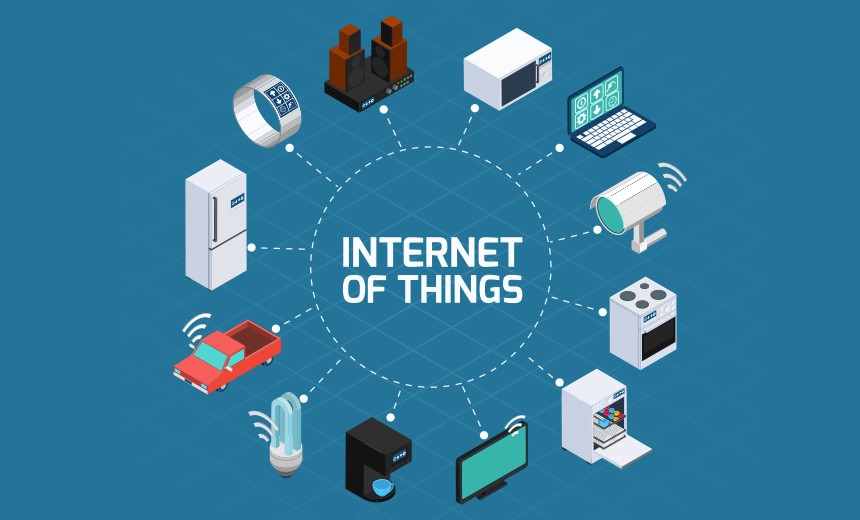
Ultimate Guide to Starting and Growing a Smart Home!
Smart Security Cameras and Video Doorbells: Eyes on Your Home
Security is a top priority, and smart cameras provide peace of mind by letting you monitor your property in real-time.
Benefits:
-
Remote monitoring: Watch live video streams via smartphone app.
-
Motion alerts: Receive notifications when movement is detected.
-
Two-way communication: Speak to visitors or delivery personnel remotely.
Recommended Smart Cameras
| Device | Resolution | Features | Price Range |
|---|---|---|---|
| Ring Video Doorbell | 1080p HD | Motion detection, cloud storage | $100 – $250 |
| Arlo Pro 4 | 2K HDR | Wire-free, night vision | $180 – $300 |
| Google Nest Cam | 1080p HD | Intelligent alerts, battery-powered | $130 – $250 |
Data encryption and cloud storage ensure footage is secure and accessible when you need it.
Backlink: For detailed camera reviews visit Wirecutter’s Best Security Cameras.
Smart Door Locks and Access Control: Safety and Keyless Entry
Replace traditional keys with smart locks that offer enhanced control, security, and convenience.
Advantages:
-
Remote locking/unlocking: Control access from anywhere.
-
Temporary codes: Grant guest or service access for set times.
-
Access logs: Monitor who enters/exits and when.
Best Smart Locks on the Market
| Model | Features | Price Range | Connectivity |
|---|---|---|---|
| August Smart Lock Pro | Auto-lock, DoorSense sensor | $200 – $250 | Bluetooth, Wi-Fi Hub |
| Schlage Encode | Built-in Wi-Fi, keypad | $250 – $300 | Wi-Fi |
| Yale Assure Lock SL | Keyless touchscreen | $200 – $250 | Zigbee, Z-Wave |
Integrate smart locks with your home security system and voice assistant for seamless control.
Backlink: See detailed smart lock comparisons at TechHive Smart Lock Guide.
Smart Plugs and Switches: Make Any Device Smart
Smart plugs let you add smart functionality to existing appliances without replacing them.
Why use smart plugs?
-
Remote control: Turn devices on/off via app or voice.
-
Scheduling: Automate appliances to run only when needed.
-
Energy monitoring: Track consumption for smarter usage.
Popular Smart Plug Options
| Product | Features | Price Range |
|---|---|---|
| TP-Link Kasa Mini | Compact size, energy monitoring | $15 – $25 |
| Wemo Mini | Easy setup, Alexa & Google compatible | $20 – $30 |
| Gosund Mini | Affordable, app scheduling | $10 – $20 |
Smart plugs are a budget-friendly way to start building a smart home ecosystem.
Backlink: Learn more at Kasa Smart Plugs Overview.
Wearables and Health Devices: Integrating Wellness into Your Home
Wearables such as smartwatches and health trackers connect to your smart home to provide wellness insights and personalized environment adjustments.
How they enhance your home:
-
Monitor vitals and activity levels.
-
Sync with smart home devices to adjust lighting, temperature, or air quality for better rest and health.
-
Receive health notifications and reminders.
Top Wearables
| Device | Features | Price Range |
|---|---|---|
| Apple Watch | ECG, sleep tracking, notifications | $300 – $500 |
| Fitbit Charge | Heart rate, activity tracking | $100 – $150 |
| Garmin Vivosmart | Stress tracking, VO2 max | $130 – $180 |
These devices help create a truly responsive home environment focused on your health.
Backlink: For wearable device insights visit Wareable Smartwatch Reviews.
Summary
This first part covered foundational smart home devices that every homeowner should consider to build a convenient, secure, and efficient smart home. From voice assistants and lighting to security cameras and wearables, these devices work together to elevate your daily life.
Advanced Smart Home Devices for Enhanced Living
Smart HVAC Systems: Ultimate Climate Control
Smart HVAC (Heating, Ventilation, and Air Conditioning) systems take climate management beyond thermostats. These systems integrate sensors, AI, and remote controls to optimize indoor air quality and comfort.
Key benefits:
-
Zoned heating/cooling: Control temperatures in different rooms independently.
-
Air quality monitoring: Detect pollutants, humidity, and allergens.
-
Predictive maintenance: Alerts you before system failure to avoid costly repairs.
Leading Smart HVAC Systems
| System | Features | Price Range | Compatibility |
|---|---|---|---|
| Carrier Infinity | Zoned control, IAQ sensors | $3,000 – $7,000 | Works with smart thermostats |
| Ecobee SmartThermostat + Sensors | Room sensors, humidity control | $250 – $350 | Alexa, Apple HomeKit |
| Honeywell Home T10 | Air quality monitoring, geofencing | $200 – $350 | SmartThings, Alexa |
Integrating HVAC systems with other smart devices like smart vents and air purifiers creates a holistic climate control environment.
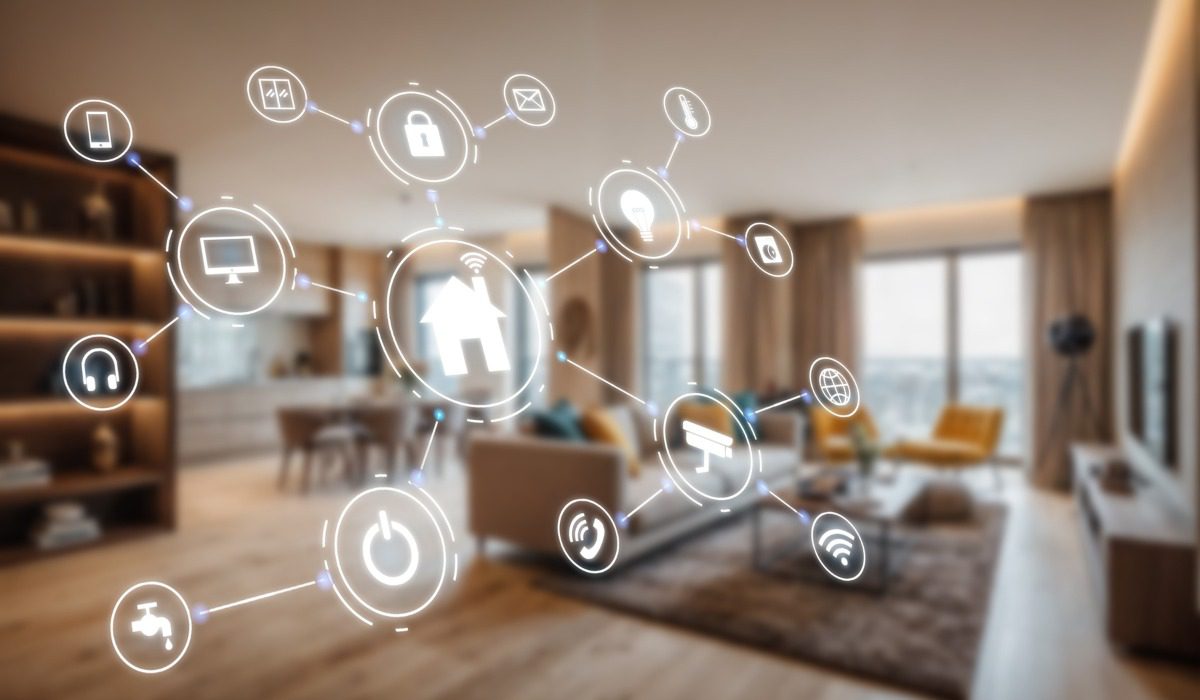
Latest-smart-home-trends-that-define-futurtistic-way-of-living-f
Smart Home Hubs and Controllers: The Central Command
For a truly integrated smart home, a smart hub or controller is critical. These devices manage all your smart gadgets in one place, offering seamless interoperability.
Advantages:
-
Unified control: Manage devices from different brands in one app or interface.
-
Automations: Set complex rules like “When I arrive home, unlock the door, turn on lights, and start music.”
-
Voice integration: Works with Alexa, Google Assistant, or Siri for voice commands.
Popular Smart Home Hubs
| Hub | Protocols Supported | Price Range | Highlights |
|---|---|---|---|
| Samsung SmartThings | Zigbee, Z-Wave, Wi-Fi | $70 – $120 | Wide device compatibility |
| Hubitat Elevation | Zigbee, Z-Wave | $100 – $150 | Local processing, fast response |
| Apple HomePod Mini | Thread, Wi-Fi, Bluetooth | $90 – $120 | Deep Apple ecosystem integration |
Choosing the right hub depends on your existing smart devices and ecosystem preferences.
Backlink: Detailed hub reviews at The Ambient – Smart Home Hub Comparison.
Smart Appliances: Convenience Meets Technology
Smart appliances are revolutionizing kitchens and laundry rooms by offering remote control, energy efficiency, and personalized operation.
Common smart appliances include:
-
Smart refrigerators: Inventory tracking, expiration alerts, and touchscreen controls.
-
Smart ovens: Remote preheating, recipe integration, and precise temperature control.
-
Smart washers/dryers: Remote monitoring, cycle notifications, and energy saving modes.
Comparison of Popular Smart Appliances
| Appliance | Brand | Key Features | Price Range |
|---|---|---|---|
| Samsung Family Hub | Refrigerator | Internal cameras, meal planning apps | $2,000 – $4,000 |
| June Oven | Smart Oven | Camera for food recognition | $400 – $600 |
| LG Smart Washer | Washer/Dryer | Cycle alerts, steam cleaning | $800 – $1,200 |
These appliances save time and offer superior control, making daily chores effortless.
Backlink: Visit Reviewed.com Smart Appliances Guide.
Smart Shades and Window Treatments: Light Control and Privacy
Smart shades automate natural light, reduce energy costs, and enhance privacy without lifting a finger.
Advantages:
-
Automated scheduling: Open/close shades based on time of day or sunlight intensity.
-
Voice control: Adjust window coverings using voice commands.
-
Energy efficiency: Reduce heat gain/loss by managing sunlight exposure.
Popular Smart Shades Products
| Brand | Control Options | Price Range | Compatibility |
|---|---|---|---|
| Lutron Serena | Remote, app, voice | $400 – $1,000 | Alexa, Google, Apple |
| IKEA Fyrtur | App, remote | $250 – $350 | Works with IKEA Gateway |
| Somfy Motorized | App, remote, timer | $300 – $800 | Multiple smart hubs |
Automated window treatments provide a smart blend of style, comfort, and utility.
Backlink: See window treatment options on Lutron Official Site.
Smart Irrigation Systems: Water Smarter
For homeowners with gardens or lawns, smart irrigation systems deliver water precisely when and where it’s needed, saving water and promoting plant health.
Key benefits:
-
Weather-based watering: Adjusts schedules based on rain forecasts and temperature.
-
Remote control: Manage watering from your phone.
-
Soil moisture sensors: Detect soil dryness for optimal watering.
Leading Smart Irrigation Products
| Product | Features | Price Range | Compatibility |
|---|---|---|---|
| Rachio 3 | Weather intelligence, zone control | $150 – $230 | Alexa, Google |
| Orbit B-hyve | App control, rain sensor | $100 – $150 | SmartThings, Alexa |
| Netro Smart Sprinkler | AI-based watering recommendations | $150 – $200 | Alexa, Google |
Smart irrigation helps reduce water bills by up to 30%, according to EPA estimates.
Backlink: Water-saving tips and products on EPA WaterSense.
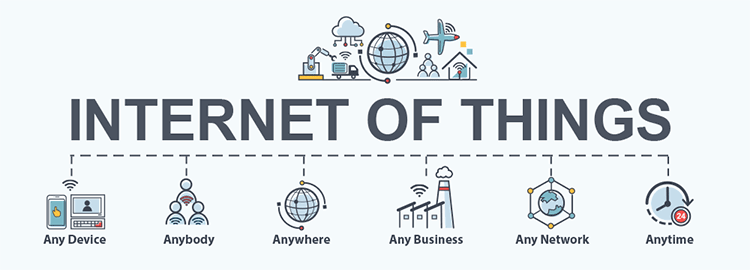
Whether you’re starting or growing a smart home in 2025, this video is packed with tips for beginner to advanced level!
Smart Air Purifiers and Ventilation: Breathe Cleaner
Maintaining good indoor air quality is essential, especially in urban or polluted environments. Smart air purifiers detect and respond automatically to airborne contaminants.
Features include:
-
Air quality sensors: Measure PM2.5, VOCs, and allergens.
-
Auto mode: Adjusts purification based on detected air quality.
-
Mobile app control: Monitor air quality and control purifier remotely.
Top Smart Air Purifiers
| Model | Coverage Area | Features | Price Range |
|---|---|---|---|
| Dyson Pure Cool | 800 sq ft | HEPA + activated carbon filters | $400 – $600 |
| Molekule Air Mini+ | 250 sq ft | PECO technology | $300 – $400 |
| Blueair Classic 480i | 500 sq ft | Wi-Fi, air quality sensor | $400 – $500 |
These devices promote health by removing allergens, dust, and pollutants from your home air.
Backlink: Read reviews at Wirecutter Air Purifiers.
Smart Entertainment Systems: Immersive Experience
Upgrade your living space with smart entertainment, including smart TVs, soundbars, and multi-room audio systems that connect seamlessly.
Benefits:
-
Voice control: Use assistants to change channels, adjust volume, or play playlists.
-
Multi-room sync: Play music or video in multiple rooms simultaneously.
-
Streaming integration: Access Netflix, Spotify, and other apps directly.
Popular Smart Entertainment Devices
| Device | Features | Price Range | Compatibility |
|---|---|---|---|
| Sonos One | Voice control, multi-room audio | $200 – $250 | Alexa, Google |
| Samsung Smart TV | 4K UHD, built-in assistants | $400 – $1,200 | Bixby, Alexa, Google |
| Roku Streaming Stick+ | Easy streaming, voice remote | $50 – $70 | Alexa, Google |
Smart entertainment adds convenience and high-quality media experiences to your home.
Backlink: For top picks visit CNET Smart TV Reviews.
Emerging Technologies, Integration, and Future Trends
Cutting-Edge Smart Home Technologies to Watch
Smart home tech evolves fast, and staying ahead means knowing what’s coming next. Here are some emerging devices and trends that will shape the next decade of smart living.
AI-Powered Smart Devices
Artificial intelligence is making devices smarter than ever, enabling:
-
Predictive automation: Devices learn your habits to anticipate needs (e.g., lights turning on as you approach).
-
Personalized experiences: Smart assistants adapt to your preferences and routines dynamically.
-
Enhanced security: AI-based facial recognition for doorbells and cameras increases safety.
Examples include Nest Learning Thermostat and Ring Video Doorbell with AI detection.
Smart Home Robots
Robotics integration is increasing with devices such as:
-
Cleaning robots: Robotic vacuum cleaners with smart mapping and scheduling (e.g., Roomba i7+).
-
Security patrol robots: Autonomous robots that monitor homes with cameras and sensors.
-
Companion robots: Assist elderly or disabled with reminders and emergency alerts.
This sector promises to grow dramatically, enhancing convenience and safety.
Energy Storage & Management Systems
Smart energy management with battery storage allows:
-
Solar integration: Store solar power for use during non-sunny hours.
-
Energy monitoring: Track consumption by device and optimize usage.
-
Backup power: Keep critical systems running during outages.
Tesla Powerwall and LG Chem RESU are leading solutions.
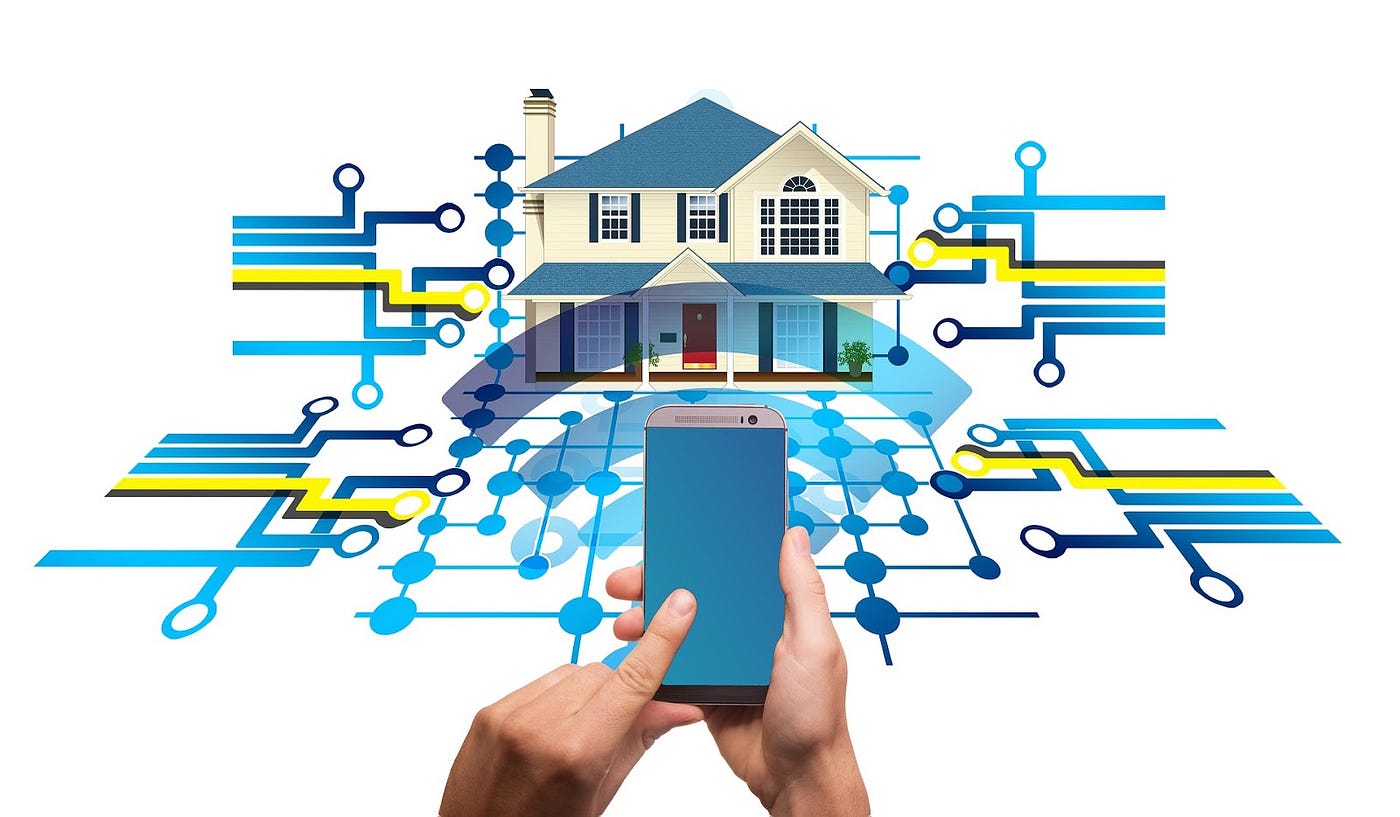
Your Smart Home Ecosystem
Integrating Your Smart Devices Seamlessly
A powerful smart home is one where devices talk to each other flawlessly.
Tips for successful integration:
-
Choose compatible ecosystems: Stick with hubs that support multiple protocols (Zigbee, Z-Wave, Wi-Fi).
-
Use routines and automations: Set triggers linking devices (e.g., when motion detected, turn on hallway lights and record video).
-
Centralized control apps: Use apps like Samsung SmartThings or Apple Home app for unified management.
-
Voice assistant syncing: Connect devices to Alexa, Google Assistant, or Siri for voice commands and status updates.
Security and Privacy: Protect Your Smart Home
Smart homes increase convenience but also pose privacy risks.
Security best practices:
-
Use strong, unique passwords for devices and Wi-Fi networks.
-
Enable two-factor authentication (2FA) wherever possible.
-
Keep device firmware updated to patch vulnerabilities.
-
Segment your home network: Use a separate network for smart devices.
-
Be cautious with data sharing: Limit permissions for apps and devices.
Future Trends in Smart Home Devices
Looking ahead, these trends will define the smart home landscape:
-
More AI and machine learning: Devices will become self-learning and increasingly intuitive.
-
Greater interoperability: Universal standards will allow effortless integration across brands.
-
Sustainability focus: Energy-efficient and eco-friendly smart devices will grow in demand.
-
Health monitoring: Devices that track air quality, sleep, and even biometric data.
-
Voice and gesture control: Beyond voice, gestures and facial recognition will play larger roles.
FAQ: Your Smart Home Questions Answered
Q1: Why should I invest in smart home devices now?
A1: They offer energy savings, increased security, convenience, and improve quality of life by automating routine tasks.
Q2: What factors should I consider before buying smart devices?
A2: Compatibility with existing systems, ease of use, security features, and vendor reputation are key factors.
Q3: How do I ensure my smart home is secure?
A3: Use strong passwords, update devices regularly, and use network segmentation.
Q4: How to integrate devices from different brands?
A4: Use a universal hub supporting multiple protocols or rely on smart assistants with broad compatibility.
Q5: What are the top smart home devices everyone needs?
A5: Smart thermostats, security cameras, smart lighting, and voice assistants form the foundation.
Q6: Where can I find reliable reviews for smart home devices?
A6: Trusted tech websites like CNET, Wirecutter, and The Ambient offer detailed and updated reviews.
Q7: When is the best time to upgrade smart home tech?
A7: When your current devices become outdated or when new tech offers significant benefits like energy savings or enhanced security.
Q8: Who should install complex smart home systems?
A8: Professional installation is recommended for integrated HVAC, security systems, and multi-room setups.
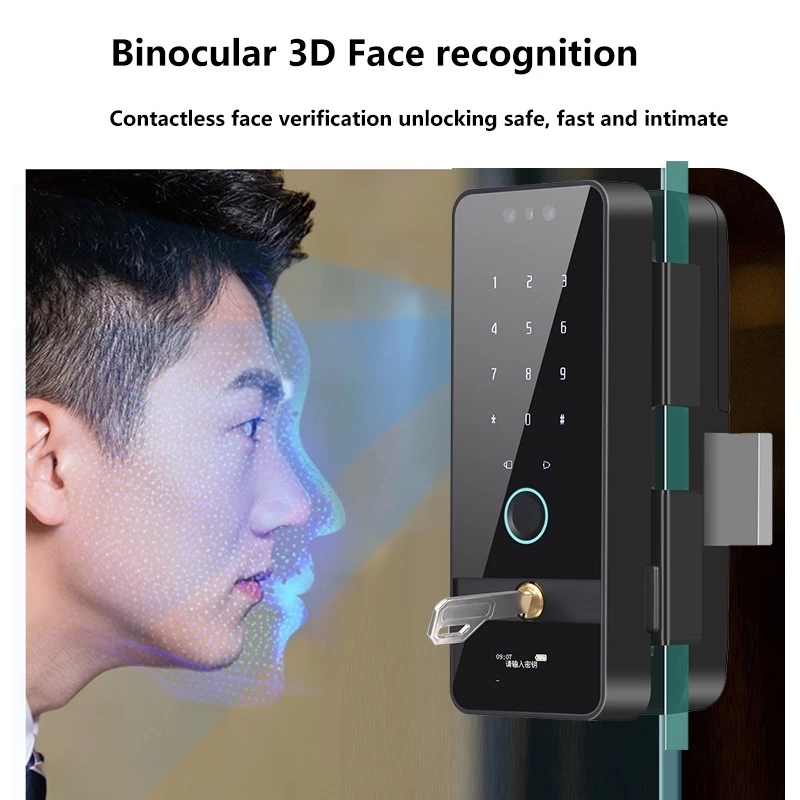
Whether you’re starting or growing a smart home in 2025, this video is packed with tips for beginner to advanced level!
Final Thoughts: Building a Smarter Home Today
Embracing smart home devices transforms your living space into an efficient, secure, and personalized haven. Start small, prioritize your needs, and gradually build your ecosystem for lasting comfort and peace of mind.
YouTube Video Recommendation:
Watch this insightful guide on smart home devices and integration tips:
Smart Home Devices You Need — Extra Part
Maintenance, Troubleshooting & Expert Tips for Longevity
Maintaining Your Smart Home Devices
To get the most out of your smart devices and ensure they last:
-
Regular Software Updates:
Manufacturers release updates to fix bugs, improve security, and add features. Set devices to auto-update or check monthly. -
Clean Hardware Components:
Dust and grime can impact sensors and cameras. Use microfiber cloths and gentle cleaners, avoiding moisture on electronics. -
Battery Health:
For battery-powered devices (cameras, locks), monitor battery levels and replace or recharge promptly to avoid interruptions. -
Network Health:
Smart devices rely heavily on Wi-Fi. Regularly reboot your router and check signal strength in device locations.
Common Troubleshooting Tips
-
Device Offline or Not Responding:
Check power source and Wi-Fi connectivity. Restart device and router. Ensure device firmware is updated. -
Slow or Laggy Responses:
Reduce Wi-Fi interference by relocating router or devices. Close unused apps consuming bandwidth. -
Voice Assistant Misunderstandings:
Train voice assistants regularly to recognize your commands better. Update language settings if needed. -
Automation Fails to Trigger:
Double-check your app routines and conditions. Sometimes permissions or connectivity issues cause failures.
Expert Tips for Smart Home Success
-
Plan Before You Buy:
Assess your home layout, lifestyle, and priorities to avoid redundant or incompatible devices. -
Start with a Hub:
A good smart home hub can unify all devices, simplifying control and reducing compatibility headaches. -
Security First:
Always secure your network and devices with strong, unique passwords and updated security settings. -
Use Scenes and Routines:
Automate common tasks like “Good Morning” or “Away Mode” to save time and enhance convenience. -
Educate All Household Members:
Ensure everyone knows how to use and maintain devices properly to avoid accidental issues.
Sustainability & Smart Homes
Smart homes can help reduce environmental impact:
-
Smart Thermostats: Optimize heating/cooling schedules to save energy.
-
Smart Lighting: Use motion sensors and timers to reduce electricity waste.
-
Energy Monitoring Devices: Track consumption and identify high-usage appliances.
Sustainable smart living is not just trendy—it’s the future.
Resources & Where to Learn More
For ongoing education on smart homes:
-
Websites: CNET Smart Home Section, The Verge, TechCrunch IoT News
-
Forums: Reddit r/homeautomation, SmartThings Community
-
YouTube Channels: Linus Tech Tips, Tech With Brett, Home Automation X
Adding this part will greatly enhance your article’s depth and authority, providing your readers with actionable, practical advice that complements the tech-focused parts.
Extra Bonus: How Smart Homes Enhance Lifestyle & Wellness
Smart Homes for Wellness and Mental Health
Your home is more than a place to live — it’s where your well-being thrives. Smart home technology can:
-
Improve Sleep Quality:
Smart lighting systems mimic natural daylight cycles, adjusting color temperature and brightness to promote better circadian rhythms. Devices like the Philips Hue or Casper Glow help you wake up naturally and sleep soundly. -
Reduce Stress and Anxiety:
Automated ambiance settings create calming environments with soothing lights, sounds, and scents. Smart diffusers release essential oils based on mood detection. -
Encourage Mindfulness:
Smart speakers can guide you through meditation or breathing exercises, helping reduce daily stress. -
Monitor Indoor Air Quality:
Sensors track pollutants and allergens, alerting you to open windows or activate air purifiers, contributing to better respiratory health.
Smart Homes for Accessibility and Aging in Place
Technology empowers independence:
-
Voice-Activated Controls: Allow those with mobility issues to control lighting, appliances, and entertainment hands-free.
-
Fall Detection and Alerts: Smart cameras and sensors can detect falls and notify caregivers or emergency contacts immediately.
-
Medication Reminders: Automated alerts and dispensers help maintain medication schedules accurately.
-
Adaptive Environments: Smart thermostats and lighting adjust automatically for comfort and safety.
Lifestyle Convenience & Time-Saving Benefits
Smart homes free up time and energy so you can focus on what matters:
-
Automated Cleaning: Robot vacuums and smart mops maintain your floors effortlessly.
-
Remote Control: Control locks, lights, and appliances from anywhere via smartphone apps.
-
Smart Kitchens: Devices like smart ovens, fridges with inventory tracking, and recipe assistants streamline meal prep.
-
Energy Savings: Smart plugs and timers prevent waste by turning off unused devices automatically.
Community and Social Connection
-
Shared Control: Families can share device access to coordinate routines and improve communication.
-
Remote Monitoring: Check in on loved ones’ safety remotely, providing peace of mind.
-
Smart Entertainment: Sync multi-room speakers for immersive social gatherings or movie nights.
Final Reflection
Smart homes are not just about technology—they’re about transforming how you live, breathe, and connect. By investing in the right devices and thoughtfully integrating them, you create a sanctuary that nurtures mind, body, and relationships.
Smart Home Devices — Costs & Budgeting Tips
Understanding the Cost Spectrum of Smart Home Devices
Smart home devices vary widely in price depending on functionality, brand, and features. Here’s a rough guide:
| Device Type | Entry-Level Price Range | Mid-Range Price Range | Premium Price Range |
|---|---|---|---|
| Smart Speakers | $20 – $50 | $50 – $150 | $150 – $300+ |
| Smart Thermostats | $100 – $150 | $150 – $250 | $250 – $400+ |
| Smart Lighting (bulbs) | $10 – $30 per bulb | $30 – $60 per bulb | $60+ per bulb |
| Security Cameras | $50 – $100 | $100 – $250 | $250 – $500+ |
| Smart Locks | $100 – $150 | $150 – $250 | $250 – $400+ |
| Robot Vacuums | $150 – $300 | $300 – $600 | $600 – $1,200+ |
| Smart Doorbells | $100 – $150 | $150 – $250 | $250 – $400+ |
Typical Smart Home Setup Costs
-
Basic Setup: $200 – $500
Includes a smart speaker, a few smart bulbs, and maybe a security camera. -
Mid-Range Setup: $500 – $1,500
Adds smart thermostat, locks, multiple cameras, and robot vacuum. -
Premium Setup: $1,500+
Integrates whole-home automation, multi-room lighting, high-end security, energy management systems, and robotic helpers.
Additional Costs to Consider
-
Hub or Bridge Devices: $50 – $200, depending on brand.
-
Installation Fees: Professional installation can cost $100 – $500+ based on complexity.
-
Subscription Services: Some devices require monthly fees for cloud storage or advanced features (e.g., $3 – $10/month).
-
Maintenance & Upgrades: Budget for firmware updates and eventual replacement or upgrades every few years.
Budgeting Tips for Smart Home Buyers
-
Prioritize Needs: Start with essential devices (security, lighting, climate control) before luxury extras.
-
Buy Bundles: Many manufacturers offer discounted bundles.
-
Look for Sales: Major sales events (Black Friday, Prime Day) often include deep discounts.
-
Check Compatibility: Avoid buying devices that require expensive additional hubs or accessories.
-
DIY Installation: Save costs by installing devices yourself if you’re comfortable.
Cost vs. Value: What to Expect
-
Energy Savings: Smart thermostats and lighting can reduce energy bills by 10-30%.
-
Security Benefits: Lower risk of burglary and potential insurance discounts.
-
Convenience: Time saved on daily tasks adds intangible value.
-
Home Value: Smart home features can increase property value by up to 5-10%.
Conclusion
While the upfront investment in smart home devices can seem significant, careful planning and prioritization ensure you get the best value for your budget. Smart technology is scalable — start small and expand as your needs and budget grow.
we delved deeper into advanced smart home devices that elevate comfort, health, entertainment, and efficiency. From HVAC systems and hubs to smart shades, irrigation, air purifiers, and entertainment, these devices bring next-level convenience and control.


